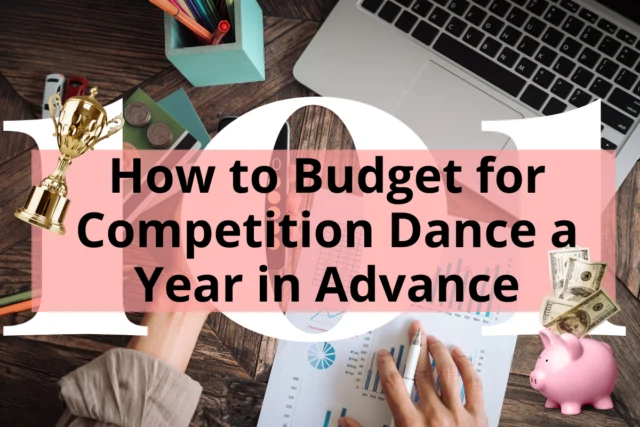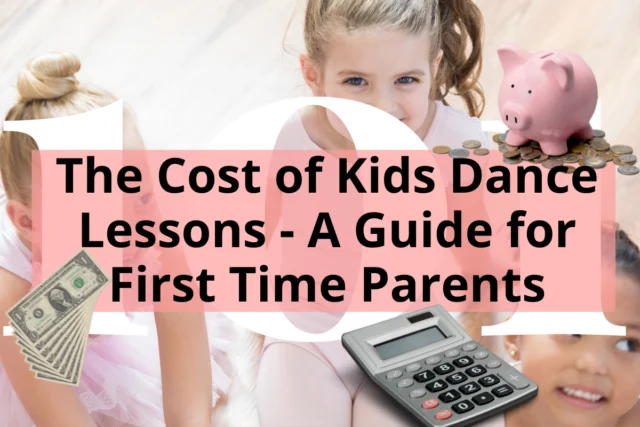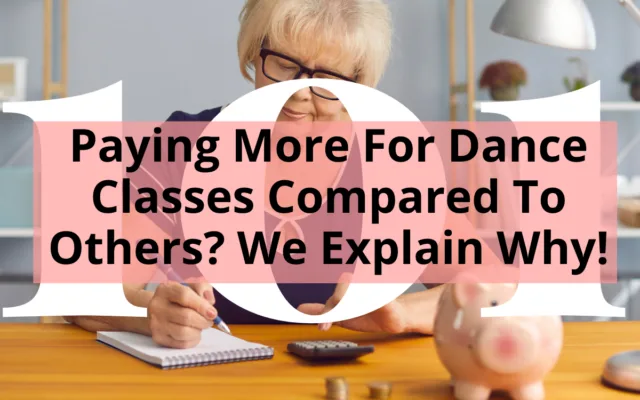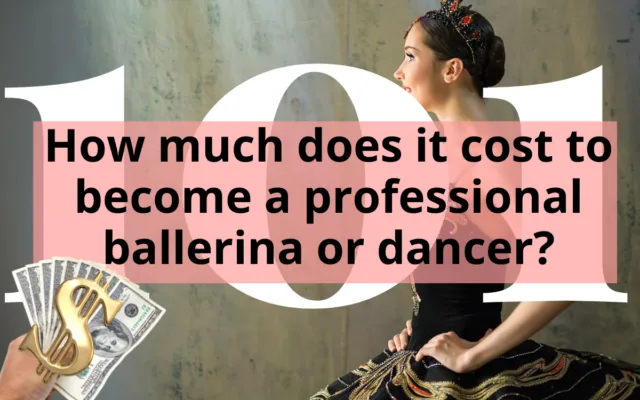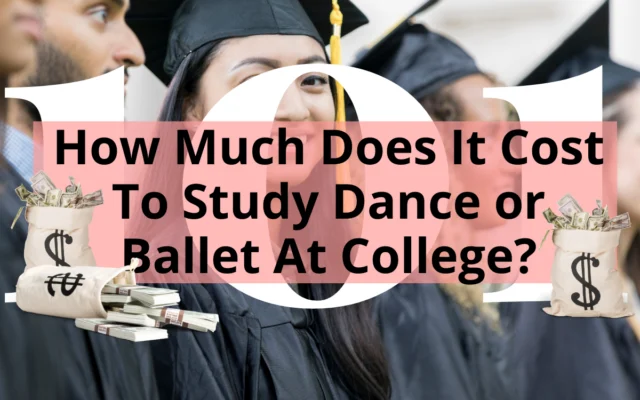If you’ve ever wondered why dance lessons are so expensive, you’re not alone! Many people receive their dance studio invoices and gasp – I know I have! Which is why I thought it was a good idea to find out where all my money was going.
Dance lessons can be expensive because they are businesses that offer a service. As business owners, dance teachers, therefore, have many expenses such as wages, ongoing training, rent and utilities, equipment, and more. Your teacher will also have undergone years of training themselves so you are also paying for their experience.
In general, many people have no idea about what goes into running a dance studio and teaching dance classes. But there is much more that goes into teaching dance than just the actual class you see as I learned!

Not sure how much dance classes cost? Before reading this check out some of the following:
How much do dance classes cost? We compare 50+ schools across the US! UPDATED 2022!
In this post, I’ll break down some of the costs of running a dance studio so you can figure out if your dance studio is offering you value for your money or not.
1. The location of your dance studio
If your school is in a city rather than in the suburbs the rent or lease of the space will contribute to the cost of your dance lessons.
You also have to think about the costs of living and travel of the teachers who need to receive a wage that enables them to live close by to that location as well.
2. The Knowledge and Experience of the Teaching Staff
An experienced teacher or studio owner who runs an efficient business and produces amazing dancers will charge accordingly compared to a teacher with little experience.
3. Demand for places in classes at the dance school
Places within classes at certain schools may be in high demand and therefore they may charge more to ensure only the most dedicated take those places.
4. Reputation of the Dance Studio
The school or teacher may have a history of producing exceptional dancers for competitions, exams or professional careers and therefore you are paying for their expertise.
Having a good reputation does not always mean they only produce great dancers. A school may be known for following a specific teaching philosophy or be respected for creating a welcoming and safe environment for their dancers which in turn creates demand.
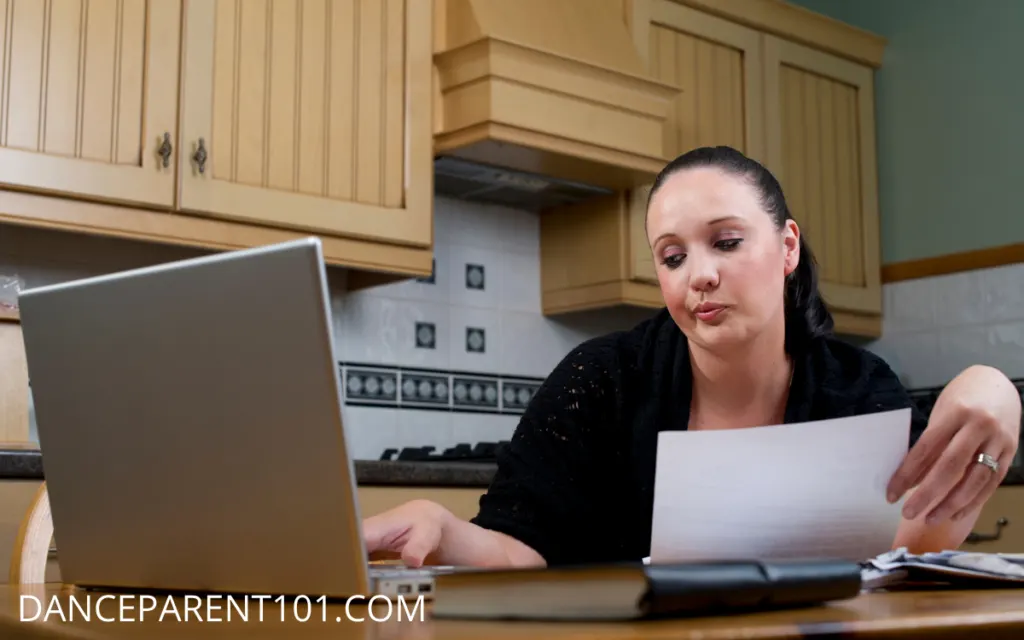
5. The facilities of the dance studio
A dance school needs to have the right facilities to cater for dance classes. This includes sprung flooring, floor-to-ceiling mirrors, sound systems, and more. These items are not cheap to install or to maintain and have to be accounted for in the costs of your lessons.
If you are after newly renovated facilities and teaching tools be prepared to pay for that too!
6. Drop-in Classes Vs Advanced Payments
Drop-in classes for dance and ballet are always going to be more expensive than if you were to pay for your dance classes in advance. Dance teachers never know how many people will turn up if any when they provide these types of classes.
Dance studios reward their dancers and parents for paying in advance or locking into monthly contracts by discounting the price of their classes.
7. Dance Studios are Privately owned Businesses
Unlike little league or other organized sports and hobbies, dance studios are run not only by dance teachers but business owners. They don’t receive grants or funding and their business is not run by volunteers – although many teachers will tell you they work many unpaid hours!
Dance teachers need to make enough money from the dance school to pay wages and bills and then possibly make some profit to make all the work worthwhile. And yes, whilst most dance teachers teach because of their love for dance and passion for teaching, this does not mean they are not entitled to make money.
8. There is more to teaching than teaching!
When you pay for a dance lesson you are not just paying for the time your teacher spends in the classroom with your child.
You are paying for your teacher’s time outside the class in all that they do to prepare for the lesson, find the music, work on choreography and steps, work on action plans to help students improve, and complete ongoing training that benefits their teaching and more…
That doesn’t include all the administrative work either that needs to be completed as the owner of a business, or the preparations that need to be made to put on a recital, take students through exams, or go to competitions.
9. It takes a village to run a dance studio!
Because all of the above can be a lot of work for just one person, dance teachers employ staff to help them to it all. So when you pay for lessons or admin fees you are paying for the times it takes out of the classroom to run the school as well.

10. Memberships, insurance, and Licenses.
To be able to teach dance, studio owners need to pay for things such as liability and content insurance.
They may also have memberships to dance associations to pay for or registration fees, especially if they are teaching under a syllabus or curriculum such as Royal Academy of Dance or Ceccetti for example.
They also need to pay for licenses to play music in public places and for use of streaming services, or music in general.
11. We are more likely to be committed to something when it is expensive.
There have been many studies about how we as humans stay motivated and what we put a value on.
When we pay a little more for something we generally want to get our money’s worth and therefore we attend the classes we pay for in advance and ensure we work our lives around the commitment.
Dance teachers also want students who are committed and value their instruction, therefore they believe their time is worth your investment.
There is also the cost value aspect. If a dance class was $10 but another was $15 which would you want to do? Or more importantly, without any other information other than the cost, which one would you assume was going to be better?
Most people would answer the more expensive lesson, assuming that is costs more because more value is given!
12. It is an accumulative cost so it can feel like they cost more!
When you buy one coffee for $5, it feels like a small expense. However, if you had to pay for a month’s worth of coffee at once – $5 x 5 days is $25, $25 x 4 weeks is around $100 a month. You might start to rethink your daily coffee habit?
The same happens with dance classes. If you are paying on average $63 a month if you break that down you are only paying $15.75 a week for an hour of dance tuition!
13. There is more to dance classes than just lessons!
When you get a bill or look at the costs at a dance studio, you will usually find that there are more costs involved then just the tuition. Fees for costume hire, recital tickets, exam entry, competitions and more can be included in the costs of dance.
When dance becomes more than just a hobby you can expect that the costs will become greater as well!



